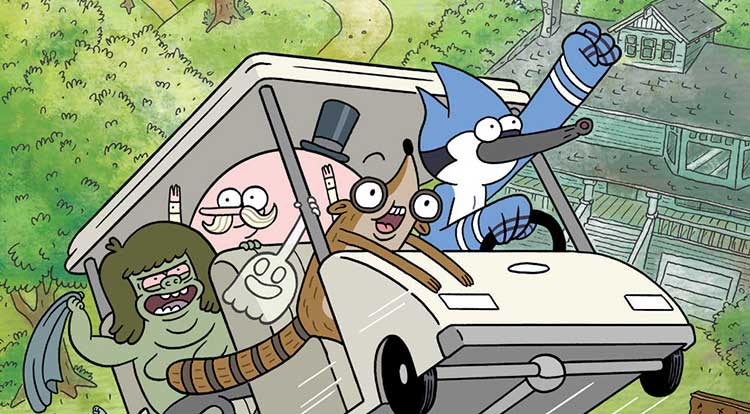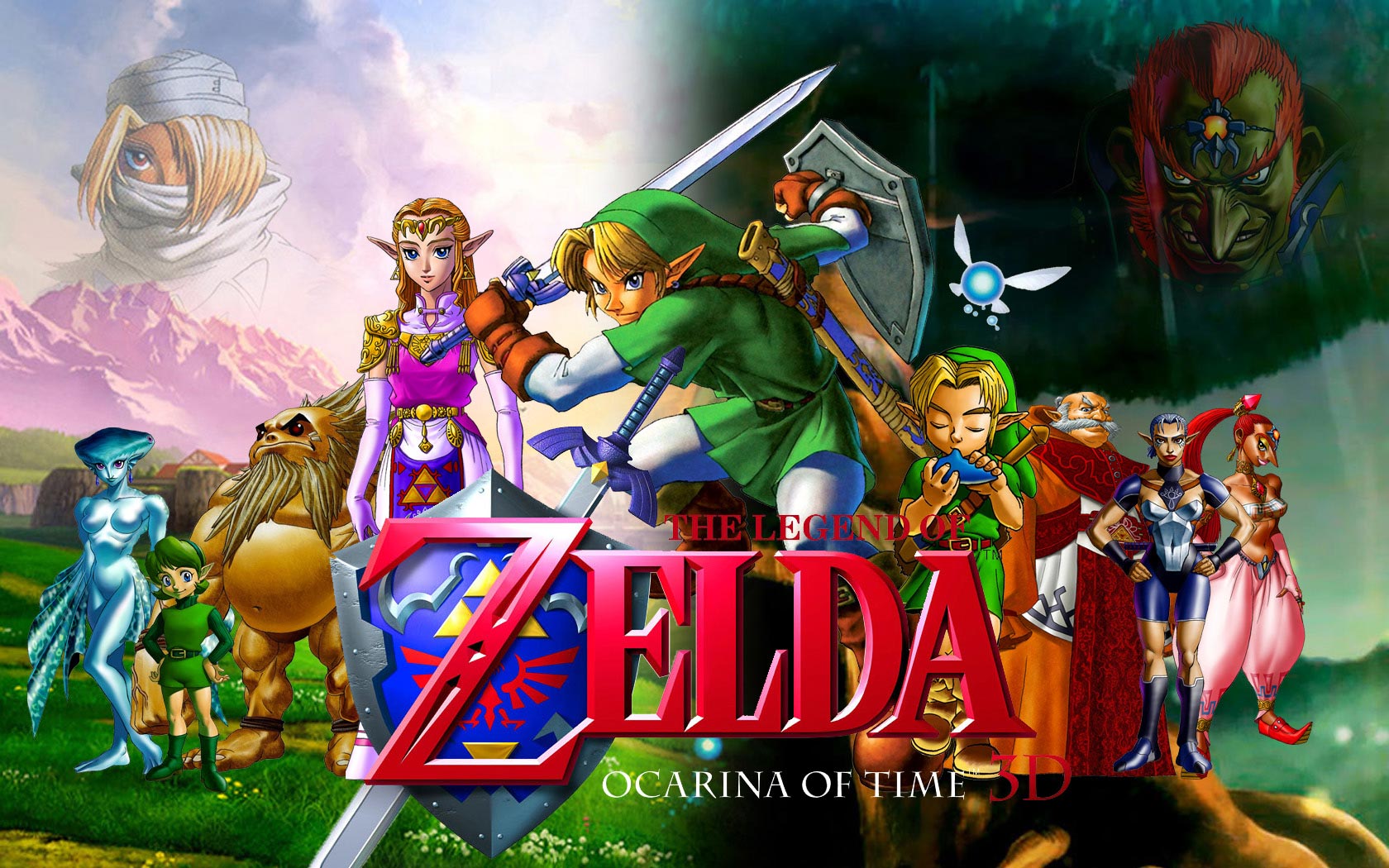Loki: Agent of Asgard #1
Writer: Al Ewing
Artist: Lee Garbett
Colorist: Nolan Woodard
Publisher: Marvel Comics
Because of his appearances in both Thor films and The Avengers as well as a prominent role in Kieron Gillen’s fan-favorite runs on Journey into Mystery and Young Avengers, Loki has gained quite the cult following. Loki: Agent of Asgard #1 (Loki #1 from here on out) appeals to fans of the younger, more sympathetic Loki in the Gillen comics as well as the film version. However, it also uses his history as God of Evil in earlier Marvel comics to give him a motivation to either be more heroic or go on “missions”. Writer Al Ewing uses a non-linear narrative to capture Loki’s nature as a trickster and uses witty caption boxes to flesh out his character. He also explores the relationship between Thor and Loki in both a humorous and emotional way. Lee Garbett’s art is lively and mixes spy and fantasy tropes to tell a fast-paced story with a lot of action and visual humor.
 The best part of Loki #1 is its deep characterization of its protagonist. The caption boxes may get in the way of Garbett’s art, but they explain Loki’s motivation for stealing random objects from the Avengers as well as his connection to magic and his past as a supervillain. Ewing uses Loki’s favorite tool misdirection to mess with reader’s perceptions about the god of mischief starting with an opening page in which Loki stabs Thor in the back with a magic sword. Garbett and colorist Nolan Woodard bring a sense of pain and power to this scene in which magic energy crackles between the brothers. Ewing injects a lot of humor into his script, especially in Loki’s interactions with the various Avengers. He also breaks the fourth wall occasionally. However, he also shows how flawed both Loki and Thor are and makes this the emotional crux of the comic. Even though the villain finds redemption arc has been done many times in fiction, Ewing puts his charismatic and unpredictable protagonist to good use as entertainment. Loki #1 might seem disjointed at times (especially towards the end), but it is never boring.
The best part of Loki #1 is its deep characterization of its protagonist. The caption boxes may get in the way of Garbett’s art, but they explain Loki’s motivation for stealing random objects from the Avengers as well as his connection to magic and his past as a supervillain. Ewing uses Loki’s favorite tool misdirection to mess with reader’s perceptions about the god of mischief starting with an opening page in which Loki stabs Thor in the back with a magic sword. Garbett and colorist Nolan Woodard bring a sense of pain and power to this scene in which magic energy crackles between the brothers. Ewing injects a lot of humor into his script, especially in Loki’s interactions with the various Avengers. He also breaks the fourth wall occasionally. However, he also shows how flawed both Loki and Thor are and makes this the emotional crux of the comic. Even though the villain finds redemption arc has been done many times in fiction, Ewing puts his charismatic and unpredictable protagonist to good use as entertainment. Loki #1 might seem disjointed at times (especially towards the end), but it is never boring.
Lee Garbett’s art isn’t particularly innovative, but he excels at telling a fast-paced story and varying panel size to accentuate a joke or plot twist. Garbett’s Loki is also physically appealing, and he contrasts this with the older, uglier Loki seen in flashbacks. Fight choreography and blocking is another highlight of the book as Garbett showcase Loki and the Avengers’ various abilities and styles. Thor is a lumbering powerhouse while Loki flows from panel to panel with fluidity and grace. Their fighting styles also add depth to their characters visually as well as through Ewing’s dialogue and captions. However, towards the end of the issue, the plot gets rushed, and Garbett and Ewing speed up the action too much. The motivation for the All-Mother sending Loki on these missions is kept mysterious with a real headscratcher of a last page. However, Loki #1 has enough action, humor, plot twists, and meaty character interactions to impress fans who picked up his first appearance in Journey into Mystery #85 in 1963 or just watched Avengers and Thor on Netflix the night before.





